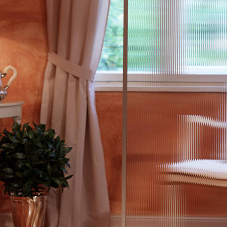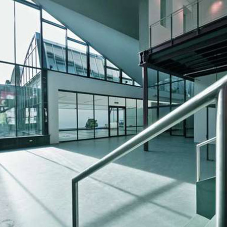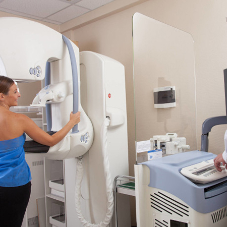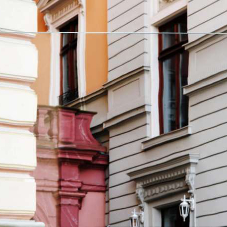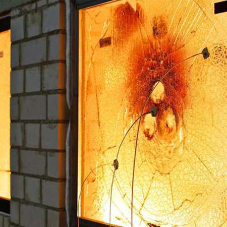The SCHOTT production site in Grünenplan, Germany, serves as the global competence centre for manufacturing thin and ultra-thin glass.
The Home of the Thinnest Glass in the World
A variety of glass types and optical materials are produced in Grünenplan using the down-draw production process. This method enables the production of ultra-thin glass, SCHOTT UTG®, which, at just 25 microns thick, is finer than a human hair. The site spans 115,500 m² across three locations—two in Grünenplan itself and a third in the neighbouring town of Eschershausen, approximately 10 km away.
What SCHOTT Offers
Markets and Applications
As SCHOTT's competence centre for thin and ultra-thin glass, the Grünenplan site plays a key role in the Special Flat Glass & Wafer business sector. This division is continuously developing new innovations for a range of industries, including architecture, healthcare, automotive, space, and consumer electronics.
Products
Using the down-draw process, the Grünenplan site produces various glass types with thicknesses ranging from 0.025 mm to 1.1 mm. These include (ultra-)thin flat glass and glass wafers.
Additionally, the up-draw process enables the production of flat glass up to 10 mm thick, offering a diverse portfolio of restoration, design, and decorative glass. SCHOTT also manufactures radiation shielding glass.
About the Region
A History of Glassmaking
Grünenplan, known as "the glassmakers' village", was founded in 1747 during the expansion of a workers’ settlement for a former mirror glass factory. Today, the town, located in southern Lower Saxony between Hanover and Göttingen, offers over 150 kilometres of hiking trails and is a popular destination for outdoor activities.
SCHOTT Grünenplan: Global Hub for Ultra-Thin Glass Innovation
| T | +44 (0) 3300 021340 |
|---|---|
| E | info.uk@schott.com |
| W | Visit SCHOTT UK's website |
| Wolverhampton Science Park, Glaisher Drive, Wolverhampton, WV10 9RU |
Products by this Company
Categories
Glass Glass, electro-magnetic shielding




